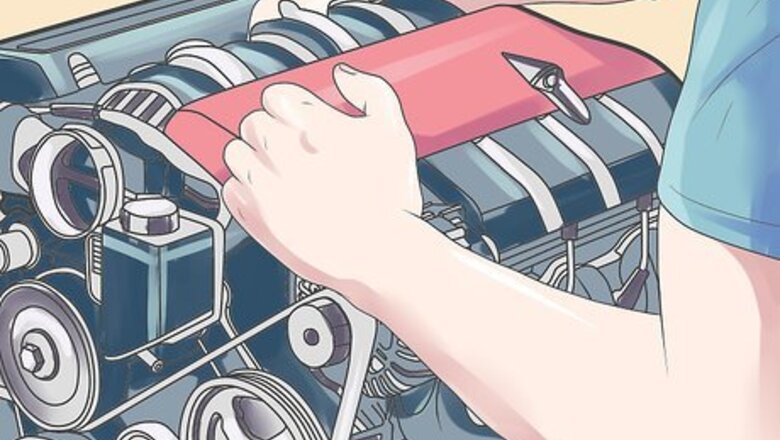
views
Removing the Old Distributor
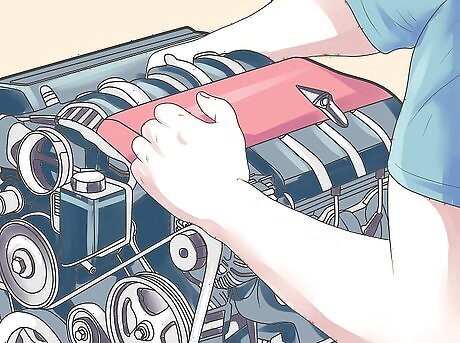
Locate the distributor. Park the vehicle in a safe, secure place (like a garage or a level stretch of ground) and open the hood to access the engine compartment. Look for the distributor - often, this is a cylindrical part with thick wires coming out of it that sits near the engine. Most distributors are located above ordinary V6 and V8 engines and to one side of inline I4 and I6 engines. The distributor has a plastic cap with spark plug wires coming out of it. There will be one wire for each cylinder of the engine. There will also be one additional wire connected to the ignition coil.
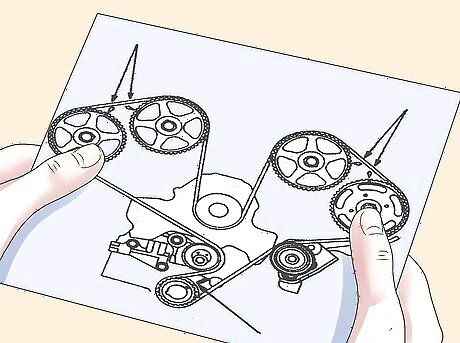
Find the timing specifications for your vehicle. Replacing the distributor requires you to use a timing light to set the timing of the engine after the new distributor is installed. To do this, you'll need to use the timing specifications unique to your vehicle. Often, these are on a sticker under the hood or in the engine compartment. You may also be able to find these in your vehicle's manual or online. If you can't find the timing specifications for your vehicle, don't attempt to install a new distributor. In this case, it's much safer and easier to simply bring your vehicle to a qualified mechanic.
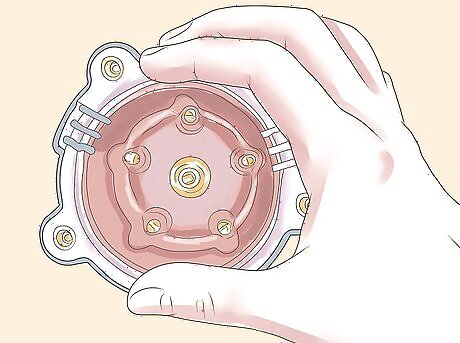
Disconnect the distributor cap. As noted above, most distributors have a plastic cap from which the ignition wires emerge. To begin removing the distributor, remove this cap. This may or may not require basic tools - some caps have clamps that can be loosened by hand, while others may require screwdrivers or even socket wrenches to unscrew screws and/or bolts holding the cap in place.
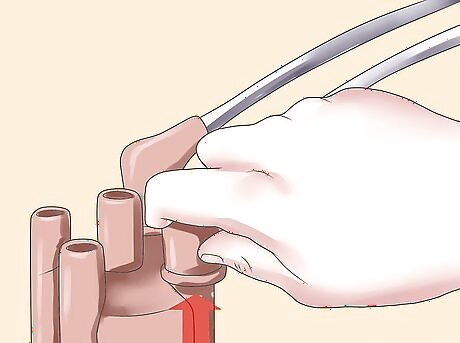
Remove all wires attached to the distributor. Before disconnecting each wire, mark it so that you'll be able to reconnect it in the same place in the new distributor. Electrical tape works well for this purpose - use the tape to give each wire a "tag" and, if you'd like, make notes on the tag with a marker. As when working with any sort of electrical system, you'll want to use a healthy amount of common sense. Never tamper with a vehicle's electrical wires while the vehicle is running or any electrical current is flowing through the engine compartment.
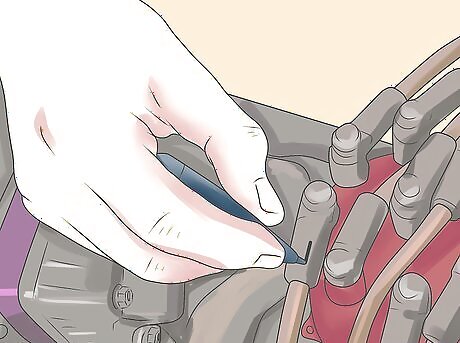
Mark the engine mounting point. To make it a little easier to install the new distributor, it's a good idea to mark a location on the outside of the distributor housing where the distributor is mounted to the engine. Choose a spot for which you can find a corresponding location on the new distributor. This can make it simpler to line up the new distributor's housing with the engine mounting point (which you may also want to mark).
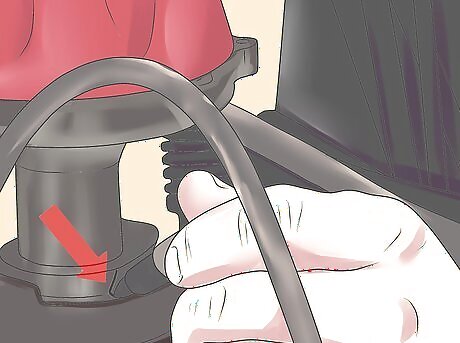
Mark the position of the rotor. This step is crucial - if the position of the rotor in your new distributor doesn't match the position of the rotor in your old distributor, your engine may not start with the new distributor installed. Carefully make a mark inside the distributor housing to indicate the position of the rotor. Be precise - the rotor in your new distributor will need to match this position exactly.
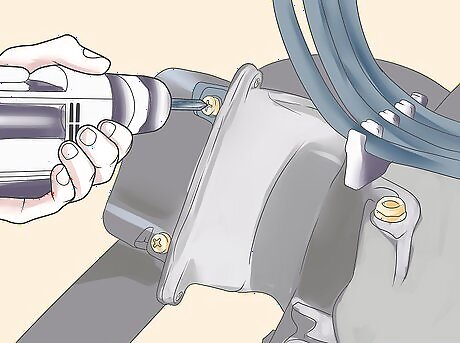
Remove the old distributor. Remove the bolts that hold the distributor housing to the engine. Carefully and delicately pull the distributor away from the engine. Note that it's easy to accidentally move the rotor when you remove the distributor - if this happens to you, use the position of the rotor that you originally marked as your reference point, not the position of the rotor after you remove the distributor.
Installing the New Distributor
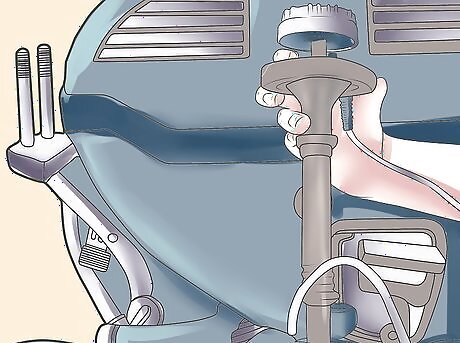
Recreate the marks you've made on your new distributor. If you haven't already done so, remove your new distributor from its packaging. Make the same marks that you made on your old distributor on your new distributor. In other words, mark your old distributor's rotor position inside the housing of your new distributor and mark the location on the outside of the distributor that lines up with your engine's mounting point.
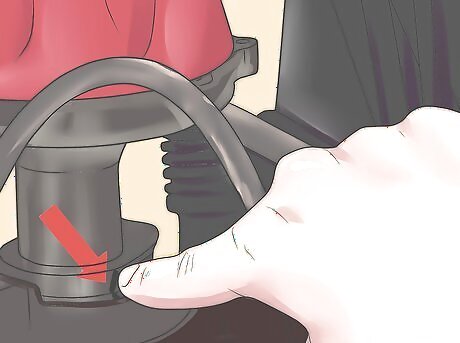
Ensure that the rotor is in the marked position before installing. As noted above, the position of the rotor in the new distributor must match the rotor position in the old distributor exactly or your vehicle won't be able to start. Ensure your rotor is lined up with the marking you made. As you install the distributor, take care not to accidentally move or nudge the rotor.
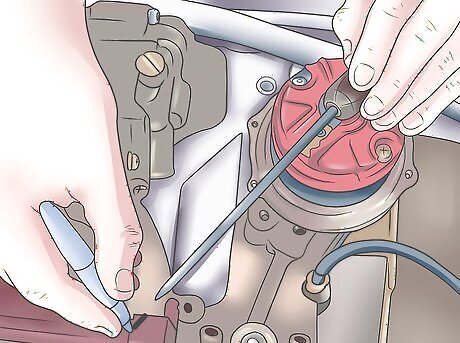
Mount the new distributor on the engine. Re-fasten the distributor in the same spot as the old distributor, lining up the marked location on the distributor housing with the engine mounting point. Re-screw any screws or bolts as needed to hold the distributor in place. Don't tighten these fasteners all the way - you'll want to be able to move the distributor very slightly by hand.
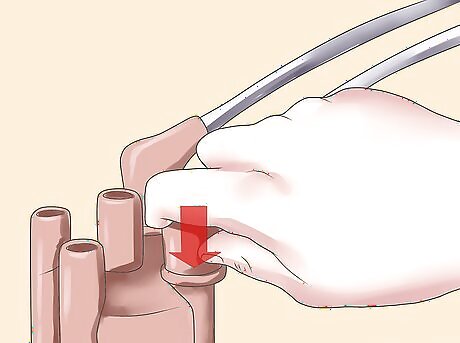
Re-connect the distributor's wires and replace the cap. Connect each wire to the distributor according to the markings you made. Ensure that you fasten each wire in its correct place - each one should be re-attached in the location that corresponds to its original location on the old rotor.
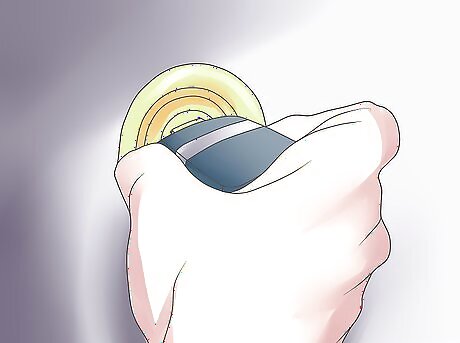
Start the vehicle. Double check all of your connections and attempt to start the vehicle. If the vehicle won't start, but sounds "close", try adjusting the position of the rotor a tiny amount (no greater than the width of the mark you made) and trying again. If the engine sounds less close to starting, adjust the rotor in the other direction. If it sounds closer to starting, continue to adjust it slightly in the same direction. When you get the vehicle to start, allow it to "warm up" until it idles smoothly.
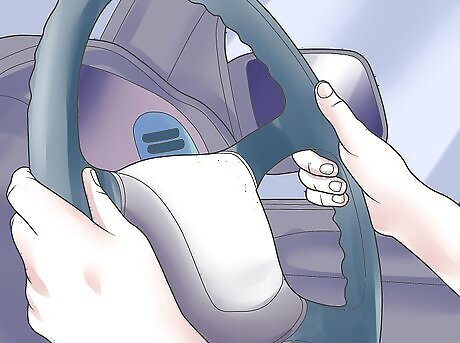
Adjust the timing. Stop the engine and put a timing light on the #1 spark plug. Restart the engine. Adjust the timing by rotating the distributor housing by very small amounts. Be sure to follow the instructions specific to your vehicle which you located before replacing the distributor - as noted above, these instructions will vary from vehicle to vehicle. Don't leave this up to guesswork! When you've adjusted your timing to the proper setting, tighten the fasteners you left slightly loose previously.
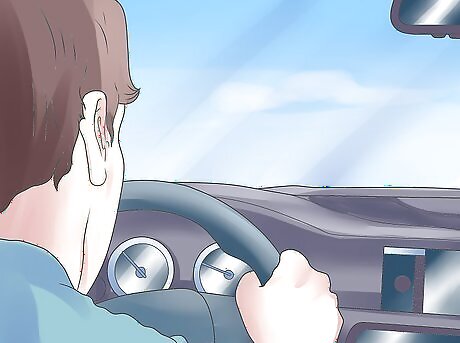
Take your vehicle for a test drive. You're all finished - test out your new distributor by putting your vehicles' engine through a variety of different accelerations. You may notice differences in the way your vehicle performs. If anything about your vehicle's performance seems out of order, take your vehicle to a mechanic. Don't risk lasting damage by running your vehicle for long periods of time with distributor problems.




















Comments
0 comment